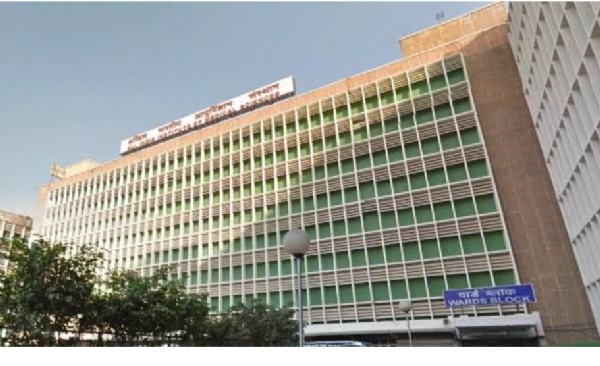
New Delhi, 15 January (H.S.): The definition of obesity has now been changed in India. Earlier, obesity was detected only by body mass index (BMI), but now two stages have been determined for it. The National Diabetes Obesity and Cholesterol Foundation (N-Doc), Fortis Hospital and AIIMS Delhi have redefined the definition of obesity. Its purpose is to better know the health related diseases caused by obesity in Indians and to treat them correctly.
The All India Institute of Medical Sciences (AIIMS) released the new definition on Wednesday and said that obesity has now been defined according to two stages. A research regarding this has been published in the British Medical Journal The Lancet Diabetes and Endocrinology. This research has been done between October 2022 and June 2023. It has studied other diseases caused by obesity in young, elderly and women. This includes diabetes, heart disease and other health problems. What are the two stages? The first stage is simple obesity, in which the BMI is less than 23 but obesity is visible on the body. There is no effect on the functioning of the organs or daily activities, but if it is not reduced to less than 23, then it can have serious consequences. The second stage is obesity that gives results. In this, obesity is not only visible on the body, but many other parts of the body also start looking disproportionate. Many other things start getting affected, such as increasing waist or waist-chest becoming too broad. This obesity of stage 2 increases the risk of many diseases. Such as diabetes and heart related diseases.
For the last 15 years, obesity is measured on the basis of BMI in India. Body mass index is a way of detecting obesity in which there is a measure of fat in the body based on height and weight. A BMI of 23 to 30 indicates overweight. A BMI of more than 30 indicates obesity. In the new research, abdominal obesity has also been included as a stage which can be the cause of many diseases. Padma Shri recipient and Executive Chairman and Director of Diabetes and Endocrinology at Fortis C-DOC Hospital, Dr Anoop Misra said, Obesity rates in India are rising at an alarming pace, spreading beyond urban areas. These guidelines are unprecedented and easy to implement, providing stage-specific strategies for managing obesity-related conditions across India. These make it easy to initiate weight loss treatments early.
Dr Naval Vikram, Professor of Medicine at AIIMS, New Delhi and lead co-author of the guidelines, said that a different definition of obesity for Indians is important for early detection of related diseases and development of targeted management strategies. This study fills important gaps in our understanding and provides a clear, rational approach to tackle obesity in the Indian population.
Hindusthan Samachar / Jun Sarkar








